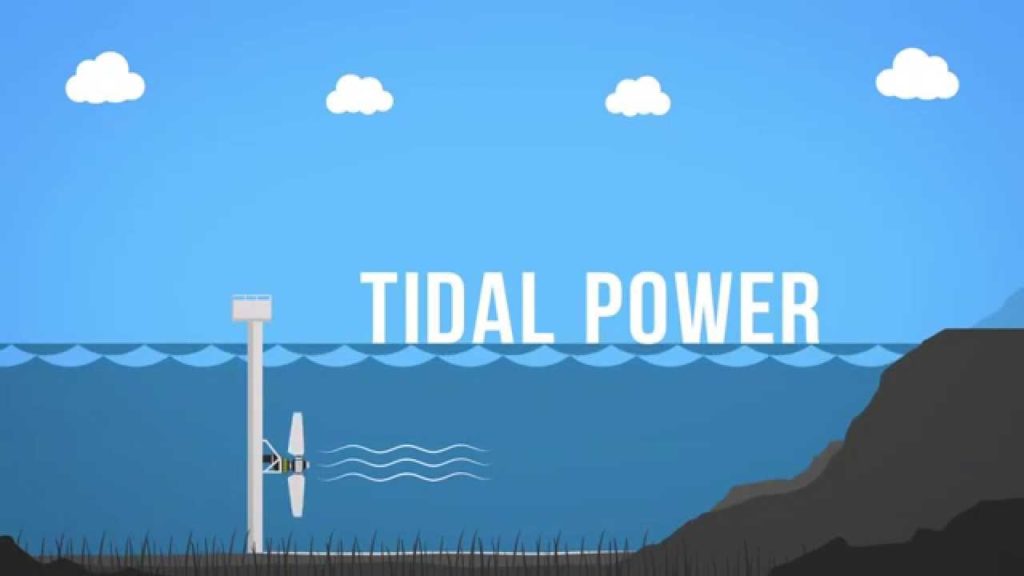
Storing tidal energy: In Scotland, an initiative from the European Marine Energy Centre plans to combine tidal power with vanadium flow batteries to produce continuous green hydrogen.Sharks, skates, rays, dolphins and turtles. The tidal barrage and mooring on sea movement and aquatic ecosystems.Įlectro-magnetic emissions might also disrupt sensitive marine species such as Researchers are still figuring out the effect of Marine-based energy systems, we still lack a comprehensive understanding of the Meters with current technology, and such tidal differences are only found in ForĮxample, the difference between high and low tides must be a minimum of five Require a very specific set of circumstances to operate efficiently. Lack of locations: Tidal energy systems.The capacity, Sihwa costs $117/kwh and produces electricity at $0.02/kwh. In South Korea - the largest installation in the world - cost anĮstimated $298m to build in 2011 and has a capacity of 254MW, according to IRENA. For example, the Sihwa tidal power station Tag is expensive equipment for power generation as well as costs for connecting Withstand the corrosion of sea water comes at a high cost. High costs: Building robust structures to.

While more research is needed in order to properly assess their impact, one 2019 study published in the Journal of Ocean Engineering and Marine Energy suggests that a tidal energy system could have a significant effect if operated correctly.

Currently, there are three main ways of harnessing tidal energy: Tidal energy is a renewable energy source powered by the natural rise and fall of oceans due to the pull of the moon and the sun and the rotation of the earth. ( credit: Scottish Government) HOW DOES IT WORK?

Works to meet these challenges, here’s an overview of where tidal energy is With a beguiling array of technologies in the This is largelyĭue to a lack of feasible locations and the inherent complexity of constructingĮnergy installations in turbulent oceans. Taken off globally as an economically sustainable renewable. Other countries investing in tidalĮnergy include Australia, Canada, Japan, Korea, and the U.S.Īnd yet, the idea of tidal energy still hasn’t Region with most tidal stream capacity - electricity produced by tidalĮnergy increased by an additional 15 gigawatt-hours in 2019, reaching a total Tidal energy installations are multiplying around the world. This would be enough to power 10 billion 100-watt light bulbs. Estimated that one terawatt of energy could be harvested from tidal movements.


 0 kommentar(er)
0 kommentar(er)
